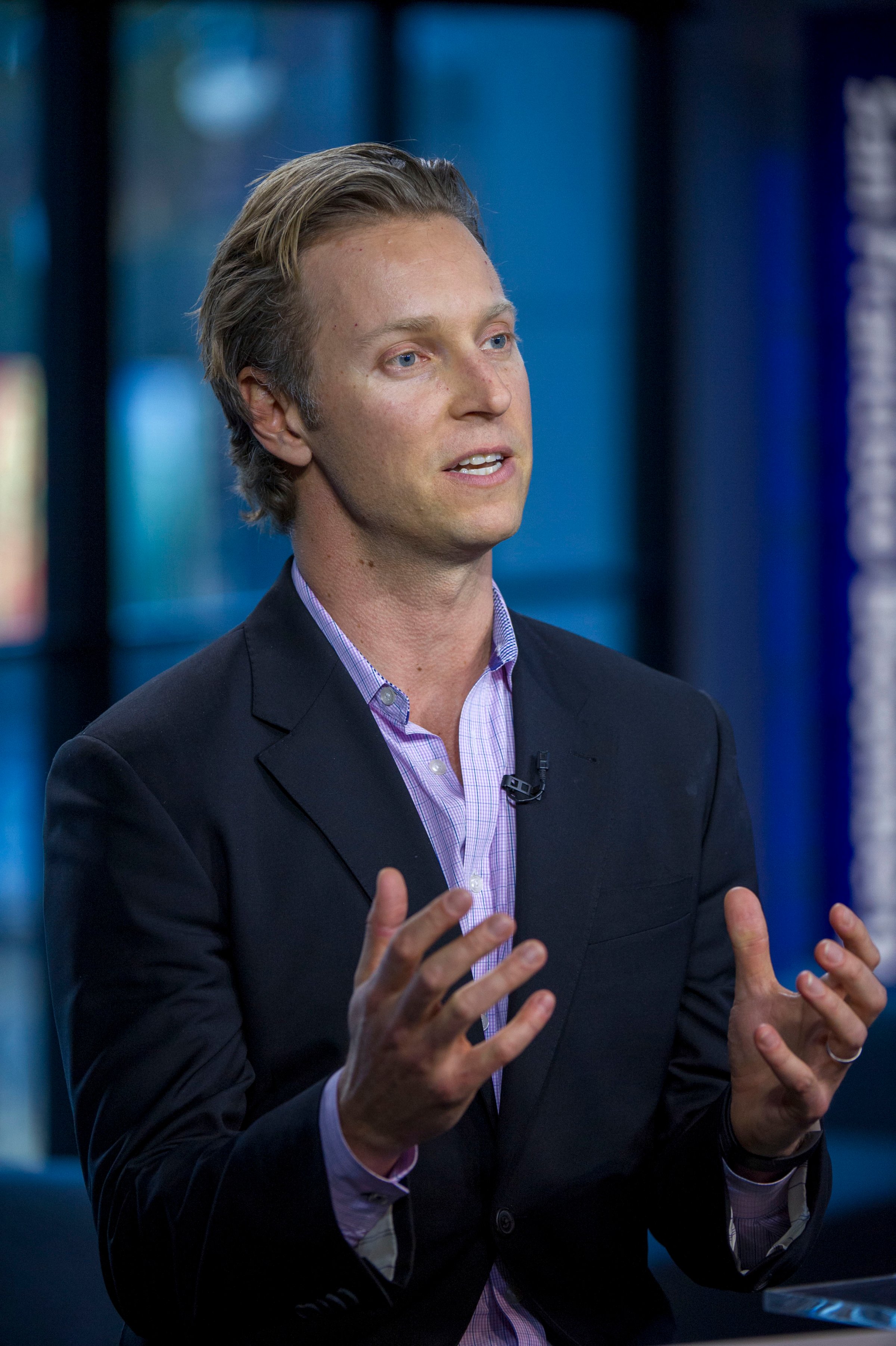
This Influencer post originally appeared on LinkedIn. Sam Shank shares his thoughts as part of LinkedIn’s Influencer series, “Let’s Fix It” in which the brightest minds in business blog on LinkedIn about how they would fix what’s broken in this world. LinkedIn Editor Amy Chen provides an overview of the 60+ Influencers that tackled this subject as part of the package. Follow Sam Shank and insights from other top minds in business on LinkedIn.
I’ve long been fascinated by the idea of technology replacing human drivers.
Let’s be honest: people aren’t always great drivers. They get distracted, tired and make mistakes. Technology can simply do a better job. This is a subject I’ve thought about deeply for the past 20 years. I believe it will have as much impact on the world as the switch from horse transport to automobiles.
The consensus opinion is that safe and reliable driverless cars will be available within a few years. Tesla just announced “Autopilot,” which will be available soon via a software update, and will allow for autonomous driving on freeways – an amazing first step.
Here’s what I think will happen next: the initial use of drive-anywhere autonomous cars (I call them AutoCars) will be with companies like Uber or Lyft rather than individually owned. They will rapidly gain acceptance because they’ll save people time (imagine all you could do with that time currently spent behind the wheel), will lower the costs of getting from one place to another, and will be way faster while also being safer than human driving.
Soon thereafter, as adoption skyrockets, cities will designate areas that are AutoCar-only. Lanes of highways will become AutoCar-exclusive, allowing for more density of driving and far higher speeds. Roughly 10 years from now we will see the End of Human Driving – a seminal moment of the first half of the 21st century. I’m guessing my young sons will not need to learn how to drive — but I’ll probably teach them anyway, as recreational driving is fun and won’t ever go away, any more than automobiles put an end to recreational horse riding.
The benefits of AutoCars are so pronounced across many areas – health, saved time, mobility of kids and seniors, lower road costs, efficiency – all of which I’d love to explore in future posts.
But what I think may be the biggest impact will be on our physical landscape. It always strikes me as interesting that the physical landscape hasn’t changed all that much in decades, despite the fact that the way we work and communicate has changed dramatically thanks to information technology. Sure, buildings have more glass and cars have more rounded edges, but if you compare two photos from 50 years ago and today, it’s often hard to spot much difference in the landscape (besides a few outfit choices and smartphones).
With the AutoCar, our urban landscape is set to change in massive and wonderful ways. Certain fixtures will become obsolete, like parking garages, road signs, street parking and traffic lights. For most people, garages will be as anachronistic as stables, and will be reclaimed for more productive uses like extra bedrooms, playrooms or exercise rooms. Saying goodbye to these items will free considerable resources to reduce housing costs and improve quality of life.
And new urban designs and systems will be invented that leverage the flexibility of the AutoCar: providing transportation on demand, but getting out of the way when not needed. Apartments may have drive-throughs like at airports for embarking and disembarking from AutoCars. And micro-traffic tunnels will tuck AutoCars out of sight, much like the delivery vehicles of Disney World are all underground. Is it possible to make the surface streets on the island of Manhattan 100 percent car-free? I bet it will be debated before the end of the next decade.
Information technology is set to impact our physical world, and I am optimistic that the result will be vibrant cities and suburbs more wonderful than we can even imagine.
What do you predict AutoCars will change the most in your life?
In this series of posts, Influencers explain what they wish they could fix — and how. Read all the stories here and write your own (please include the hashtag #FixIt in the body of your post).
More Must-Reads from TIME
- Cybersecurity Experts Are Sounding the Alarm on DOGE
- Meet the 2025 Women of the Year
- The Harsh Truth About Disability Inclusion
- Why Do More Young Adults Have Cancer?
- Colman Domingo Leads With Radical Love
- How to Get Better at Doing Things Alone
- Michelle Zauner Stares Down the Darkness
Contact us at letters@time.com